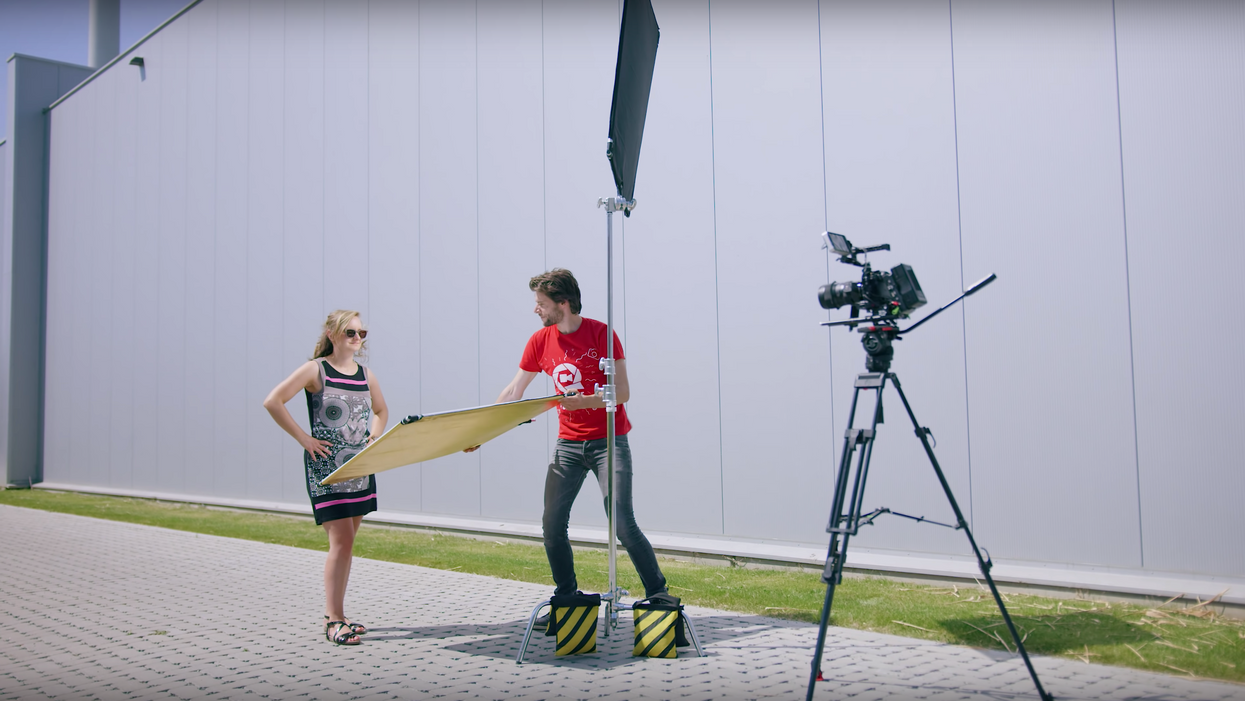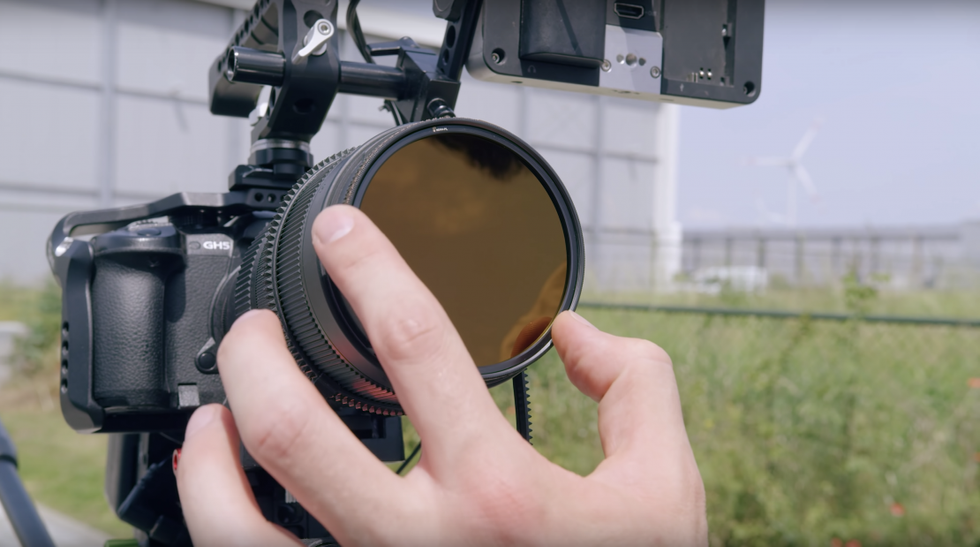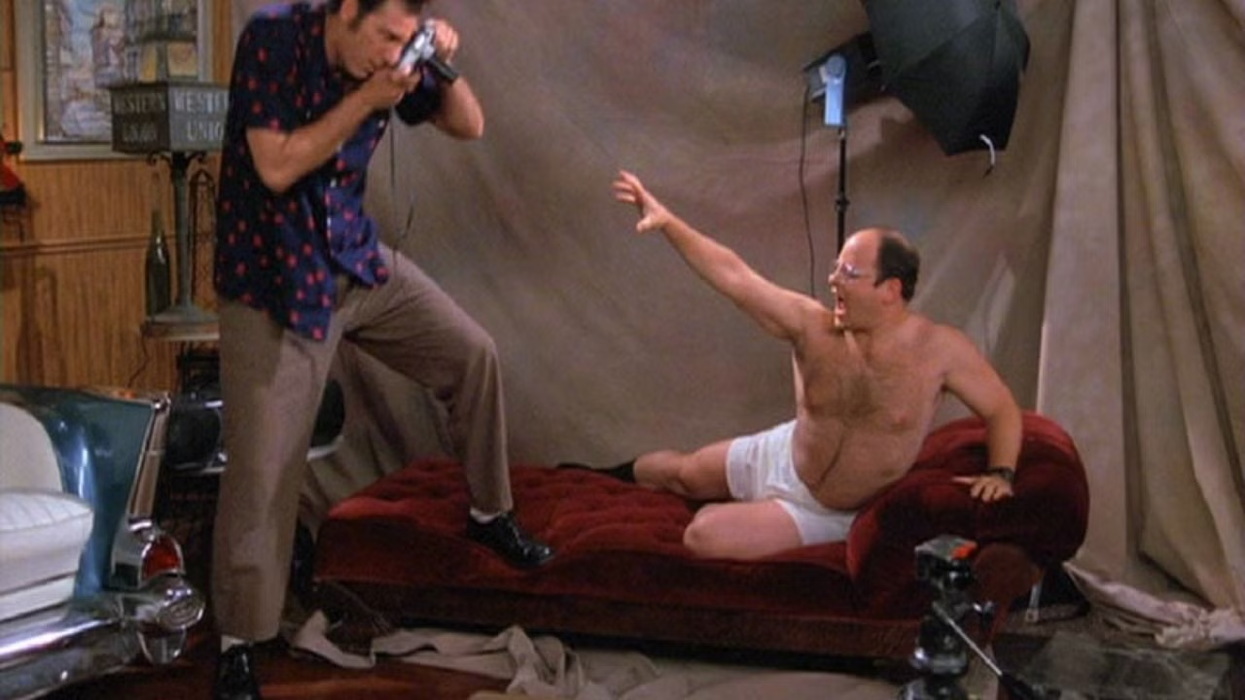Lighting Tutorial: Don't Let Harsh Sunlight Harsh Your Vibe
Shooting outdoors can be a huge lighting challenge, but these tips should make things a little easier.

Interiors can give you full control over the lighting of a scene, but acquiring all the necessary lighting units can be expensive. That's why it might be financially advantageous to shoot outdoors because the sun provides all the free light you can handle (in the daytime). However, keep in mind that you have almost zero control over your light source...or do you?
In this video, Jordy Vandeput of Cinecom shows you how to approach shooting in the harsh light of the sun, including how to work with modifiers, blocking techniques, and much more.
Okay, let's take a look at Jordy's top tips for filming in bright sunlight:
Break The 180º Rule
Not with your talent or your scene, but with your camera and the sun. Try to avoid having your camera and the sun on the same 180º plane. If the camera rig is on your actor’s front three-quarters, then have the sun on the back three-quarters. This creates depth and dimension, effectively using the sun as a backlight.
Do A Lot Of Self Reflection
It seems obvious, but I’ll say it anyway: use the crap out of bounced light. It can help fill in your scene and give a lot of dimension and shape to your lighting setup. You can use reflectors, foam board, white sheets…anything white! Just be sure to bounce from the opposite of your sunlight to get the most cinematic look. Make sure that your key reflector is above the subject’s eye line.
Highlight Your Highlights
It’s better to have an underexposed foreground than an overexposed background. Also, when framing up a closer shot to your subject, expose for the brightest part of the subject’s face. This ensures that the subject, as a whole, will look more flattering and natural in the frame. If the contrast ratio is still too high, then rotate your subject to use the sun as more of a backlight.
Be Translucent
By that, I mean that you should diffuse the light when you can. Most 5-in-1 reflectors have a diffusion option that acts as a scrim. Position yourself and the actor so that the sun is behind the camera and then throw the diffusion on the talent. This gives proper exposure to the sky, making sure that the blue in the sky stays…well…blue…and your talent is properly exposed as well. Moreover, you can add a second reflector as a backlight, mimicking the sunlight as a backlight. Super cinematic, bro.
Filter Yourself
Use neutral density filters and polarizers. Either a variable ND filter or solid ND filters will work but solid ND filters will always give cleaner results. This allows you to keep a cinematic depth of field as well as eliminating a lot of problems that occur with hard highlights. Also, the polarizer will help with saturation in the sky, making the blue in the sky much more saturated.
What are your tips for shooting in broad daylight? Let us know in the comments below.
Source: Cinecom












